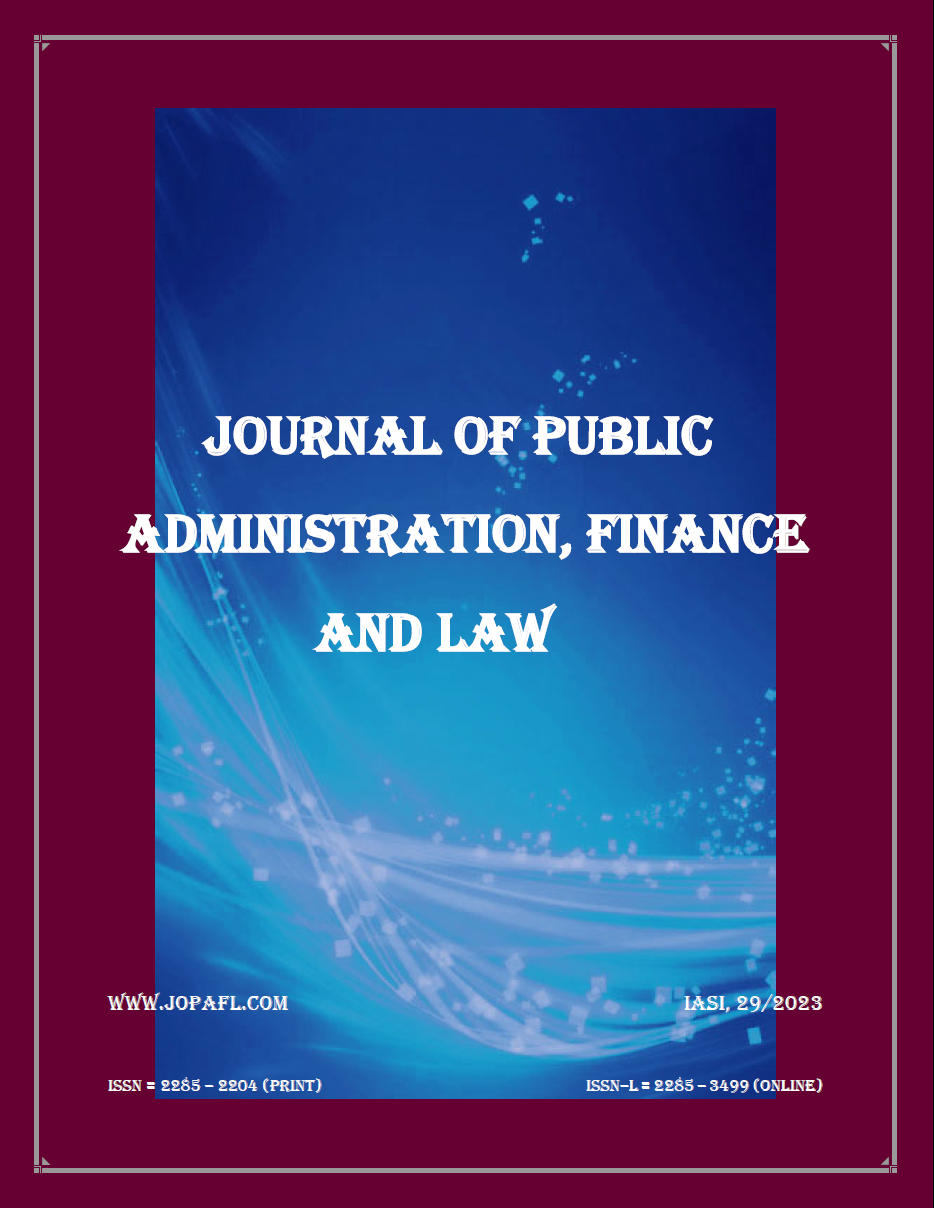ASSESSING THE IMPACT OF MONETARY POLICY SHOCKS ON FINANCIAL STABILITY IN SOUTH AFRICA
ASSESSING THE IMPACT OF MONETARY POLICY SHOCKS ON FINANCIAL STABILITY IN SOUTH AFRICA
Author(s): Tshembhani M HLONGWANE, Johannes P S SheefeniSubject(s): Economy, National Economy, Financial Markets, Public Finances, Socio-Economic Research
Published by: Editura Tehnopress
Keywords: Financial stability; financial markets; Money supply; Consumer Price Index. JEL Classifications: B22; G10; C10;
Summary/Abstract: The study examined the monetary policy shocks on financial market stability. This was achieved by means of econometric analysis. The study made use of quarterly time series macroeconomic data spanning from 2003Q2 to 2020Q4. The study used various econometric techniques such as stationarity, determining optimal lag length, cointegration analysis, estimating a vector error correction model, impulse response functions, forecast error variance decomposition and granger causality. The study found that, credit to nonfinancial sector responds negatively to its own innovations in the short and positively to its own innovations in the medium to long term. Meanwhile, credit to non-financial sector responds negatively to shocks in interest rates and money supply during the entire period. Similarly, the findings reveal that credit to nonfinancial sector responds negatively to systematic risks, that is, shocks induced by poor financial conduct. Systematic risks create disturbances in the financial market, and this hampers financial market stability. The response of credit to non-financial sector to shocks in the consumer price index is found to be positive in the short run although this trend becomes negative overtime. A uni-directional causation can be observed between credit to non-financial sector and global economic activity at the 5% significance level. Similarly, uni-directional causation can be seen between the 2008 global financial crisis dummy and credit to nonfinancial sector at the 1% statistical significance level. Interestingly, a bi-directional causality was established between broad money supply and credit to non-financial sector at the 1% and 5% statistical significance levels, respectively.
Journal: Journal of Public Administration, Finance and Law
- Issue Year: 2023
- Issue No: 29
- Page Range: 222-237
- Page Count: 16
- Language: English

